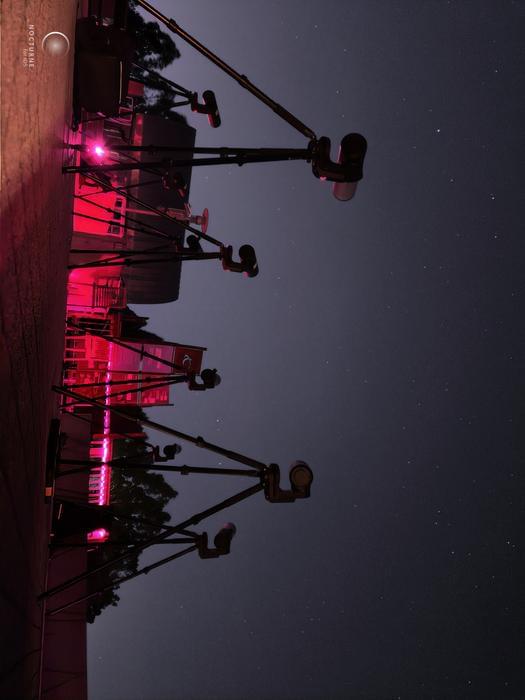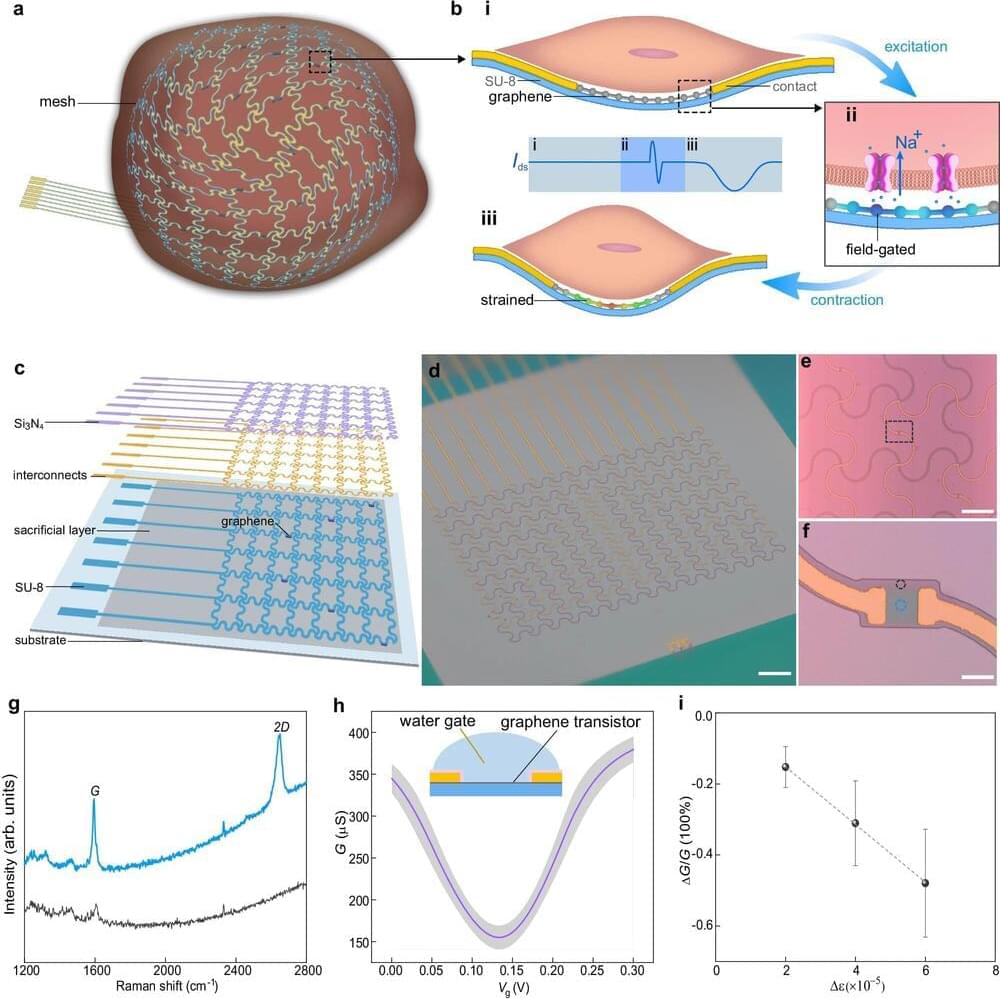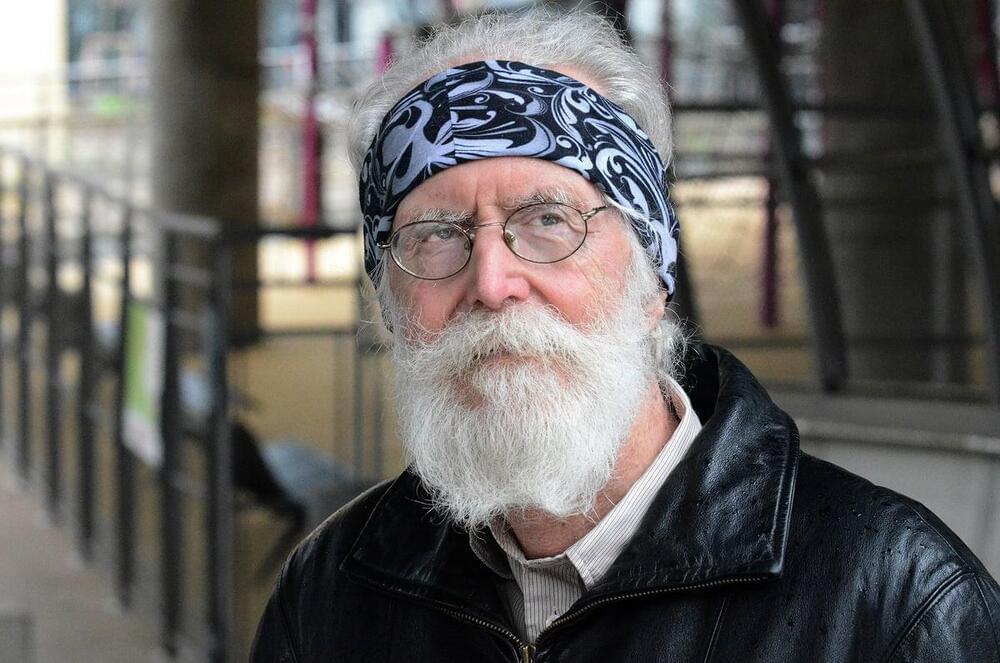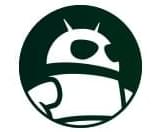Researched and Written by Leila BattisonNarrated and Edited by David KellyArt by Khail KupskyThumbnail Art and Art by Ettore MazzaIf you like our videos, che…
Get the latest international news and world events from around the world.

Galaxy Explorers: High School Students Explore Exoplanet with SETI Institute
Serina Jain, who is a student at San Francisco University High School, said in a statement, “This experience further propelled my fascination with the subject of astronomy, specifically in regard to exoplanetary science.”
How can high school contribute to finding exoplanets? The answer is easy and effective, as a recent study published in The Astronomical Journal announced the confirmation of exoplanet TIC 139,270,665 b with the help of an enthusiastic group of high school students who are part of the Unistellar Citizen Science Network, which is a worldwide collaboration of citizen astronomers. This discovery holds the potential to not only improve the hunt for exoplanets, but also improve the chances of citizen scientists using public data to contribute to finding exoplanets, as well.
The confirmation of TIC 139,270,665 b, which is located approximately 483 light-years from Earth, was made through a collaboration between SETI Institute Affiliate, Dr. Dan Peluso, and Chabot Space & Science Center’s Galaxy Explorer program, the latter of which consists of high school students. TIC 139,270,665 b was initially found using NASA’s Transiting Exoplanet Survey Satellite (TESS), where it measured one transit in front of its parent star.
However, the science team wanted to measure a second transit and utilized the Unistellar Citizen Science Network, which is a worldwide collaboration of citizen astronomers, for which the SETI Institute and Galaxy Explorer program are both members. Using Unistellar eVscopes, the Galaxy Explorer program successfully measured a second transit of TIC 139,270,665 b, determining its orbital period is approximately 1,010 days with a minimum mass just under five masses of Jupiter. The study notes how this discovery could open doors for future contributions by citizen scientists regarding exoplanet science.
Microsoft launches AI PCs
CNBC’s Steve Kovach joins ‘Halftime Report’ to discuss the latest news on Microsoft’s new AI PC launch.

Patient Walking Around Hospital After Transplant of Gene-Hacked Pig Kidney
In a world’s first, surgeons at the Massachusetts General Hospital in Boston have transplanted a kidney from a gene-hacked pig into a living 62-year-old man.
Researchers are hoping the procedure could reduce our reliance on both hard-to-come-by human donor kidneys, and the expensive dialysis machines that treat kidney disease and failure.
Fortunately, the surgeons’ efforts appear to have paid off — at least for now. The pig kidney started producing urine not long after the surgery last weekend, the New York Times reports. The patient’s condition also continues to improve, according to the report.


Researcher devise AI robotic exoskeleton requiring no training
This robot is equipped with AI-backed deep learning algorithms to autonomously manage assisting users with underlying physiological conditions.
The robot illustrated seamless functioning that supports users in walking, standing, and climbing stairs or ramps. Scientists call it, a “unified control framework.”

A bioelectronic mesh capable of growing with cardiac tissues for comprehensive heart monitoring
A team of engineers led by the University of Massachusetts Amherst and including colleagues from the Massachusetts Institute of Technology (MIT) recently announced in Nature Communications that they had successfully built a tissue-like bioelectronic mesh system integrated with an array of atom-thin graphene sensors that can simultaneously measure both the electrical signal and the physical movement of cells in lab-grown human cardiac tissue.

Activating a specific pathway in a subset of immune cells eradicates immunologically ‘cold’ tumors, study shows
A nanoparticle-based therapy developed by UT Southwestern Medical Center scientists stimulated an immune pathway that eradicated tumors in mouse models of various cancer types. Their findings, published in Science Immunology, offer a new way to potentially harness the power of the body’s immune system against cancer.

Mathematician Who Tamed Randomness Wins Abel Prize
Michel Talagrand innovative work has allowed others to tackle problems involving random processes.

Google might let Apple use Gemini, but Apple still has its own LLM coming
Apple quietly submitted a research paper last week related to its work on a multimodal large language model (MLLM) called MM1. Apple doesn’t explain what the meaning behind the name is, but it’s possible it could stand for MultiModal 1.
Being multimodal, MM1 is capable of working with both text and images. Overall, its capabilities and design are similar to the likes of Google’s Gemini or Meta’s open-source LLM Llama 2.
An earlier report from Bloomberg said Apple was interested in incorporating Google’s Gemini AI engine into the iPhone. The two companies are reportedly still in talks to let Apple license Gemini to power some of the generative AI features coming to iOS 18.